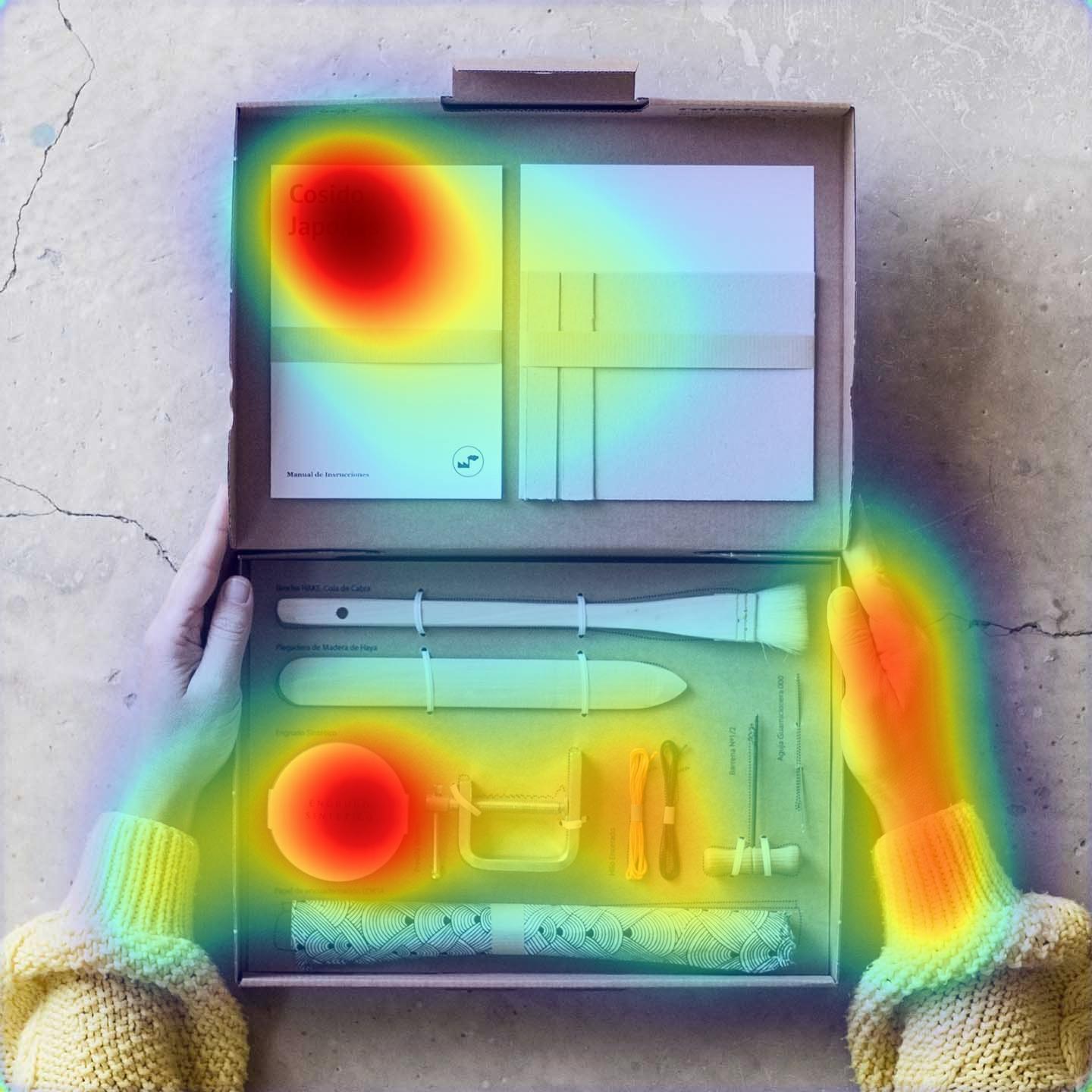The numbers
Marketing agency Arnell was tasked with the redesign process of the Tropicana brand, which heavily focused on its product packaging. It needed a marketing campaign to promote this new brand design to the world as well, the costs of which totalled to a whopping 35 million dollars.
Having worked on it for 5 months, in early January of 2009 Tropicana released the new design, but at the end of February Tropicana announced that it would be returning to the original packaging design and branding. So why change back to the old design when big money was spent on creating the new one?
Customers were complaining everywhere and two months after the release, sales had declined by 20% which amounted to a 30 million dollar loss. The total cost of the entire mishap was over 50 million dollars, quite an expensive mistake to say the least. To make matters even worse, it also gifted competitors a boost in sales.
Side-by-side comparison
So why did it fail? To uncover the impact of the redesign, let’s take a closer look at the two different designs.

- The idea of Arnell was to create a design that was more modern and fitting with the time. So they decided to opt for a more minimalistic design, replacing the orange with a large cup of orange juice.
- The lid was also redesigned, they wanted to include an orange somewhere so the new package had a lid shaped and textured as an orange
- Location and design of the logo was also different. They went for a more simplistic design, vertical orientation and smaller size to give more emphasis to the message: “100% Orange Pure and Natural” instead of “Pure Premium”.
Why did it fail?
With the design changing so much, multiple reasons can be identified. One of them is that consumers simply did not manage to find the product on the supermarket shelves because it looked too different. Nobody wants to spend more time than necessary to find a product, and if we are unable to find something quickly, we will simply buy a similar (read competitors) product.
Consumers who did manage to find the product were put off by the changes too. Consumers bought Tropicana as they identified it as a premium juice brand, supplemented by the “Pure Premium” text in the old packaging. By removing the “Premium” identifier consumers started associating the product with a cheap basic brand instead, purely based on the simplistic design.
The same was said about the new text “100% Orange Pure and Natural”, which confused customers even more. Was this still the same type of orange juice as their trusty “Tropicana Pure Premium” they knew previously? Or did the juice itself also change? These unanswered questions caused consumers to doubt the “new” Tropicana.
Finally, associations with the brand seemed to be lost with the new design, not only was the logo vertically oriented, it was also a lot smaller. To demonstrate this, we analyzed the two designs with the expoze.io platform to predict the visual attention. We can clearly see that by testing the new and old design, the new brand logo receives a lot less attention. Check our analysis below.

The new design only managed to draw 2,5% of the visual attention to the logo, while the old design attracted 10,8%. That’s a decrease of more than 76% over the original, which means that the new design has significantly less attention on the brand and therefore a lower chance to build that crucial brand association.
Lessons to be learned
So what can be learned from this case? We have a few important takeaways for you.
1. Don’t change too much at once
The redesign of the Tropicana package failed to stay close to their original brand by changing too many elements at once, it lost the recognition of the consumers. The product became too different and because of this consumers did not identify the brand on shelf anymore.
To avoid losing brand recognition you should only change one or two elements at once and not the logo, lid, image and slogan all at once. Take a look at how Coca Cola has successfully changed their bottle design over the years, they went through a lot of changes but kept some very important core elements that make the brand recognizable.

2. Understand the connection of consumers with the brand
Tropicana is a long existing brand, which means it has built up a brand identity over time. In this case they moved away from that built up brand identity too much. People who bought Tropicana juice heavily identified with the premium aspect of the brand. The new packaging failed in communicating tropicana as a premium brand and because of this it lost the direct premium association in the minds of the consumers, causing consumers to see the brand as more basic.
Note that this is applicable to successful brands that already have a working formula for their product. If you are in charge of a brand that hasn’t built a strong brand association yet, you firstly need to find a brand formula that works.
3. Role of packaging vs. role of advertising
Packaging is one of the final communication points between the brand and consumer. So for a package it is important to be identifiable and complementable to the overall feeling and positioning of the brand. The new packaging of Tropicana failed to be identifiable and correspond with the rest of the brand.
Communicating new values is better done over a longer period of time, through preferably other means like advertising as you have more time and tools to share a story and emotions than on a package design. It is also more flexible since you have the possibility to make changes more rapidly and to actually validate the suggested changes to your brand identity before pushing it towards the broader audience.
Conclusion
This story demonstrates how crucial packaging is for sales and overall success and how important it is to test major changes in advance, instead of just executing. For example, if the redesign was pre-tested with the expoze.io platform it would have given the designers an idea of how the brand recognition was going to be impacted. Pre testing your designs is very important to gain a better understanding of how a design is going to perform in reality.
Good packaging design can bring a lot of success to a brand, and in this case, poor design can have disastrous consequences. So let’s not underestimate the importance of packaging design and make sure you know that the design will perform before releasing, they can make or break a brand.
Tropicana is one of the most famous fruit juice brands in the world. But in 2009, Tropicana decided to change its packaging from a colorful to a simple design. However, the new design didn’t resonate with customers and Tropicana had to revert to the original package design. What exactly happened? And why? In this blog post we aim to provide some advice on how companies can avoid bad package redesigns through the story of how Tropicana lost over 50 million dollars in a packaging fiasco.


.png)
.png)


